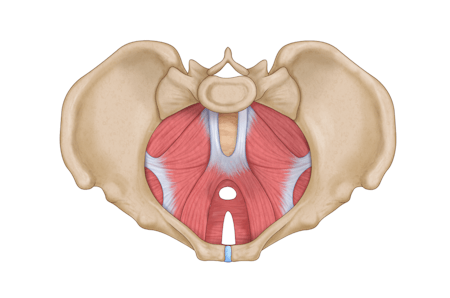PregnancyPainPregnancy Pain
A study by Pierce (2012) investigated back and pelvic pain experienced by women during pregnancy. The study suggests that although 71% of pregnant women reported pain to their healthcare professionals, only 25% received any treatment.
Unfortunately, many women are told by their healthcare professionals (including physiotherapists) that back and pelvic pain is a normal part of pregnancy or that there is nothing much that can be done. Often women believe the misconception that pregnancy related pain is normal and that they just have to live with it. The truth is, you don’t have to suffer through the pain.
It is important during pregnancy that women feel validated about their pain and have their concerns addressed with evidence-based treatment by a healthcare professional with prenatal training. Our bodies were magnificently designed to grow, conform, and adapt to bring a baby into the world. That is not a job for the meek! Often women are told during their pregnancy that they should “be careful”, and that their pelvis is “unstable”. You’ve heard it all before. This, much like the rest of the unsolicited advice you get from the stranger at the supermarket, your family, your co-workers, or your friends, is not helpful or true. Much of the ‘advice’ we get during our pregnancies only perpetuates fear and pain.
There is no denying that pregnancy impacts our bodies. It can make our bodies feel heavy, achy, stiff, and swollen; however, during pregnancy, pregnant bodies can be mobile, healthy, and strong. Pregnancy can be enjoyed.
With the help of a physiotherapist trained in pelvic floor physiotherapy and pre/postpartum care, pain can be greatly reduced during pregnancy and often in a very short period of time. Most women only require 3 or 4 sessions, although women with more severe pain often require more. Waiting until your pain is debilitating is unnecessary and early intervention allows for the best outcomes with the least number of visits. Within a few weeks, women can often return to a better sleep, normal daily routines, work, and exercise.
IT’S ABOUT POSTURE, POSITIONING, AND HOW YOU MOVE
It is often our postures (the way we stand, sit, and lie down) that are leading contributors to our pain. This is why pain is often felt after being in a certain position for a period of time (for example: after 10 minutes of standing, 30 minutes of sitting, or an hour lying down). It has less to do with lack of movement and more to do with poor positioning. Pain is often also felt when changing positions, such as going from sit to stand, or rolling over in bed. How you move matters.
HERE IS WHAT YOU CAN DO
A home exercise program prescribed by a physiotherapist is an excellent way to minimize discomfort and maximize function, however, the best place to start is with posture.
ONE TIP TO IMPROVE YOUR POSTURE AND REDUCE PAIN
Remember, your pelvis is NOT unstable, you are not fragile, so there are no dangerous or forbidden postures. There are; however, less helpful postures and movement patterns that promote decreased muscular support and control of the joints in the pelvis.
The following tip is beneficial during both the pre and postpartum periods.
HELPFUL POSTURE FOR SLEEPING
Lying on your side, stack your knees in line with each other, with your top foot in front of or behind your bottom foot. This position is suitable with or without a pillow between your knees. See image below:

LESS HELPFUL POSTURE
Lying on your side with the top leg forward; placing the pelvis in a less supported and rotated position. See image below:

My philosophy at Pelvic Health & Physiotherapy is to give women an effective way to self manage their symptoms during pregnancy by using postural advice and an individualized home exercise program. By learning how to independently manage your symptoms, it will help deter pain both now and during future pregnancies.
©Lynn Sweeney, Physiotherapist
BSc. Kin, MPT



